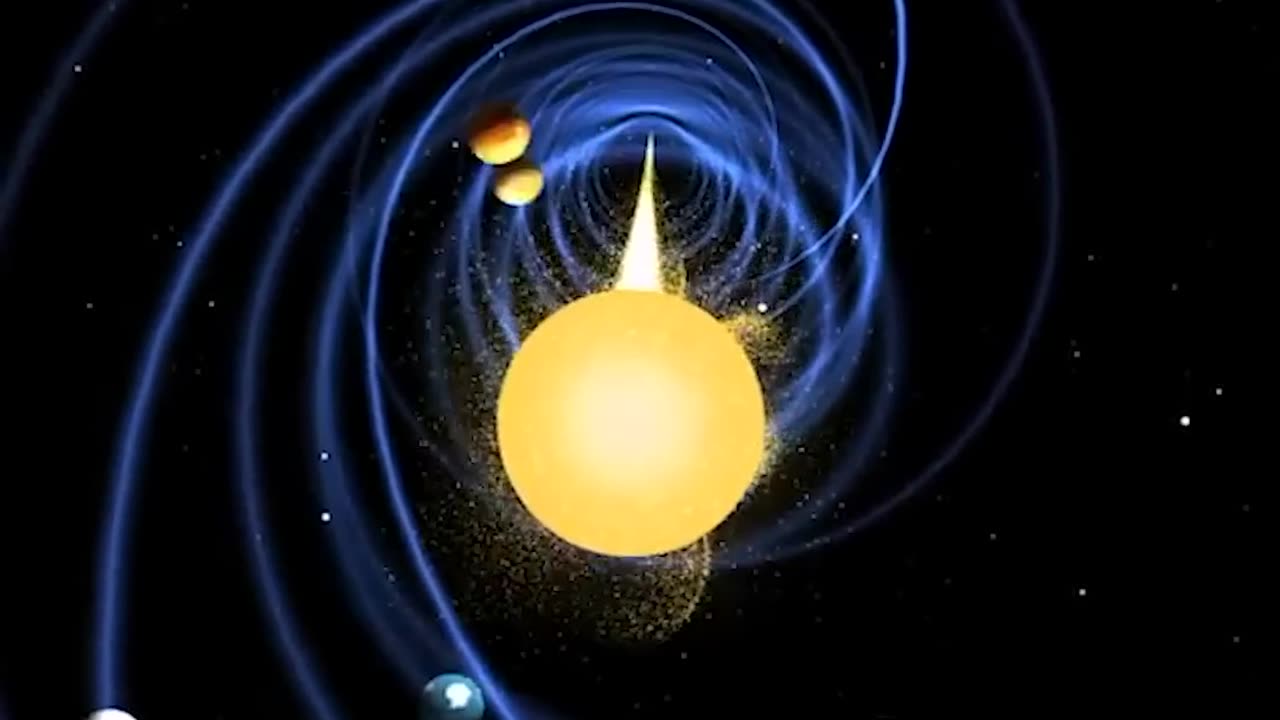Premium Only Content

Models of the Solar Sytem Geocentrism Vs Heliocentrism
Geocentrism and heliocentrism are two contrasting models of the solar system that were proposed to explain the motion of celestial bodies, especially the Sun, Moon, and planets, in relation to Earth. Here's a breakdown of each model:
Geocentrism:
Geocentrism is the older and more intuitive model, often referred to as the "Earth-centered" model. It posits that Earth is at the center of the universe, and all other celestial bodies, including the Sun, Moon, and planets, revolve around it in circular or complex orbits. This model was largely developed by ancient Greek philosophers and astronomers such as Aristotle and Ptolemy.
The main points of geocentrism include:
Earth is stationary and occupies the central position.
Celestial bodies move in complex circular paths around Earth.
Planetary retrograde motion (the temporary reversal of a planet's apparent motion in the night sky) is explained by having planets move in small circles called "epicycles" while their centers move along larger circles around Earth (deferents).
Heliocentrism:
Heliocentrism is the modern and widely accepted model of the solar system, also known as the "Sun-centered" model. It was notably proposed by ancient Greek thinker Aristarchus and later championed by Renaissance astronomer Nicolaus Copernicus. This model suggests that the Sun is at the center of the solar system, and the planets, including Earth, revolve around it.
Key features of heliocentrism include:
Sun is the central body of the solar system.
Earth and other planets orbit the Sun in elliptical orbits.
Planetary retrograde motion is explained by the relative speeds and distances of planets from the Sun.
Comparison:
Position of Central Body:
Geocentrism: Earth is at the center.
Heliocentrism: Sun is at the center.
Motion of Celestial Bodies:
Geocentrism: Celestial bodies move around Earth in complex patterns.
Heliocentrism: Celestial bodies, including Earth, move around the Sun in elliptical orbits.
Explanation of Retrograde Motion:
Geocentrism: Explained through the use of epicycles and deferents.
Heliocentrism: Explained by the varying speeds and distances of planets from the Sun.
Heliocentrism gained widespread acceptance due to the work of astronomers like Johannes Kepler, who formulated the laws of planetary motion based on the observations of Tycho Brahe, and Isaac Newton, who developed the laws of gravitation.
In summary, heliocentrism provides a more accurate and coherent explanation of the observed motions of celestial bodies and is the model that forms the basis of modern astronomy and our understanding of the solar system.
-
 18:55
18:55
Tundra Tactical
4 hours ago $7.34 earnedTundra Goes META: MEME Review 2
32.3K3 -
 20:04
20:04
World2Briggs
16 hours ago $10.78 earnedTop 10 States That Are Getting Worse Every Year
41.6K32 -
 17:28
17:28
Machete Gaming
4 days ago $5.96 earnedFIFA 22: BROKEN in Places, BRILLIANT in Others (Modded in 2025)
49.5K3 -
 13:55
13:55
DanielShenSmith
8 hours ago $3.11 earnedNOT for Working People!
37.6K16 -
 9:36
9:36
nospeedlimitgermany
1 day ago $4.54 earnedAudi A4 Avant B5 1.9 TDI 110 PS Top Speed Drive On German Autobahn No Speed Limit POV
49.9K11 -
 44:37
44:37
Degenerate Plays
8 hours ago $2.03 earnedHow I'd Bring Back The DCAU - Batman: Arkham Asylum : Part 8
37.3K -
 25:01
25:01
The Bryce Eddy Show
6 days ago $3.65 earnedNick Vujicic: The Bank Canceled Me for My Faith
42.1K11 -
 36:07
36:07
CarlCrusher
1 day agoThunder Strike Ranch | Path of the Skinwalker | Episode 7
31.2K11 -
 1:00:26
1:00:26
The Heidi St. John Podcast
2 days agoRaising Boys with Durenda Wilson
29.1K1 -
 1:48
1:48
Memology 101
18 hours ago $1.99 earnedRiots? What Riots?
20K29